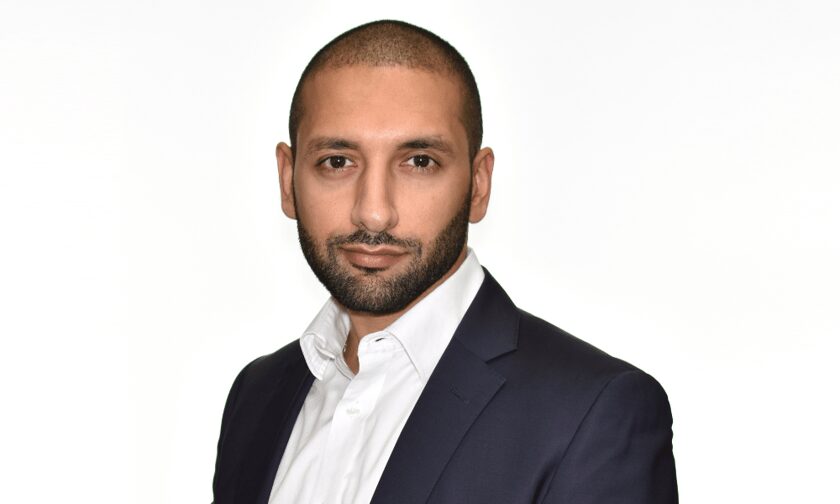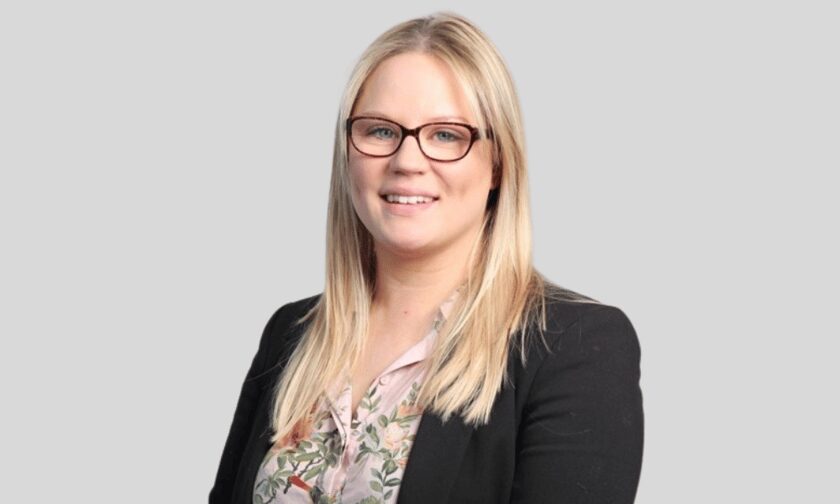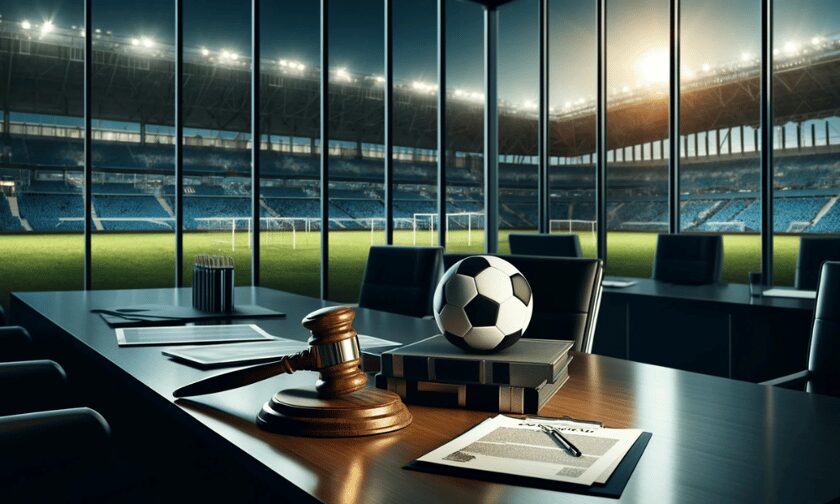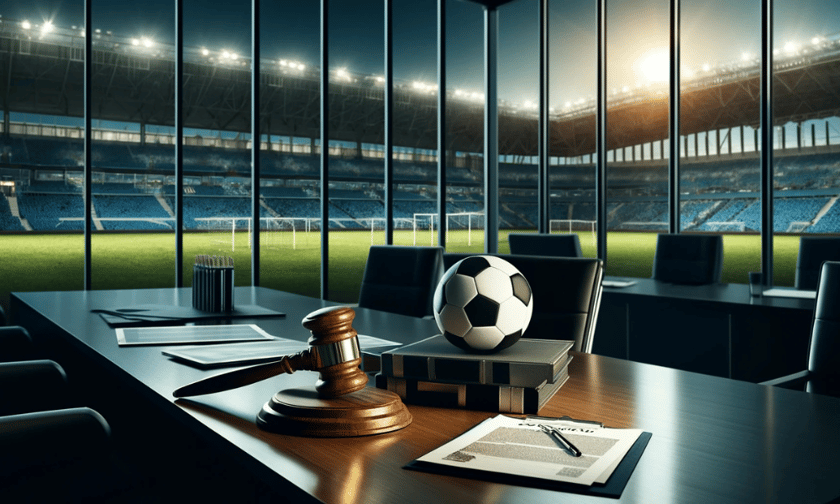
‘If you want to do a job as a hobby, you can do a job’
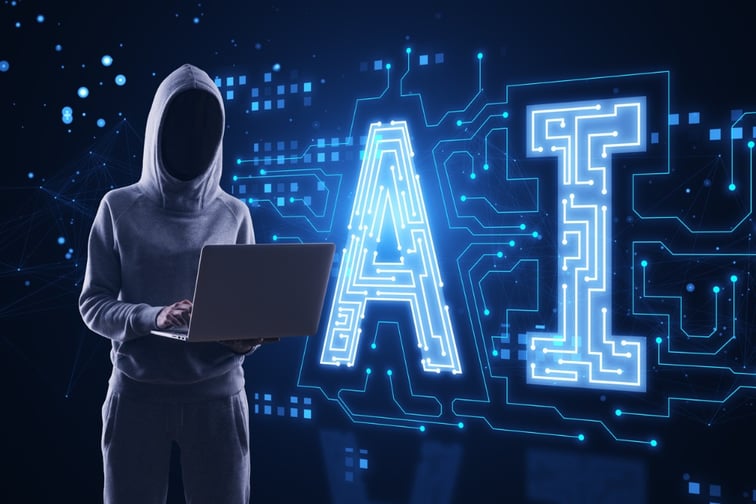
Jobs will be optional for humans in a “benign” AI future imagined by Elon Musk.
The Tesla CEO, who spoke at the Viva Technology 2024, told the audience that that future is the most likely scenario with artificial intelligence.
“In a benign scenario… probably none of us will have a job,” Musk said, who spoke to the audience remotely via webcam. “Any job that somebody does will be optional.”
In this scenario, he said there will be universal high income, while AI and robots will provide any goods and services for the public.
“If you want to do a job as kind of like a hobby, you can do a job,” Musk stated. “But otherwise, the AI and the robots will provide any goods and services that you want.”
According to Musk, the question in the benign future will be the role of humans given that computers and robots will be able to everything that they can.
“I do think there is perhaps still a role for humans in this in that we may give AI meaning,” he said.
Keep up with the latest news and events
Join our mailing list, it’s free!

This page requires JavaScript

